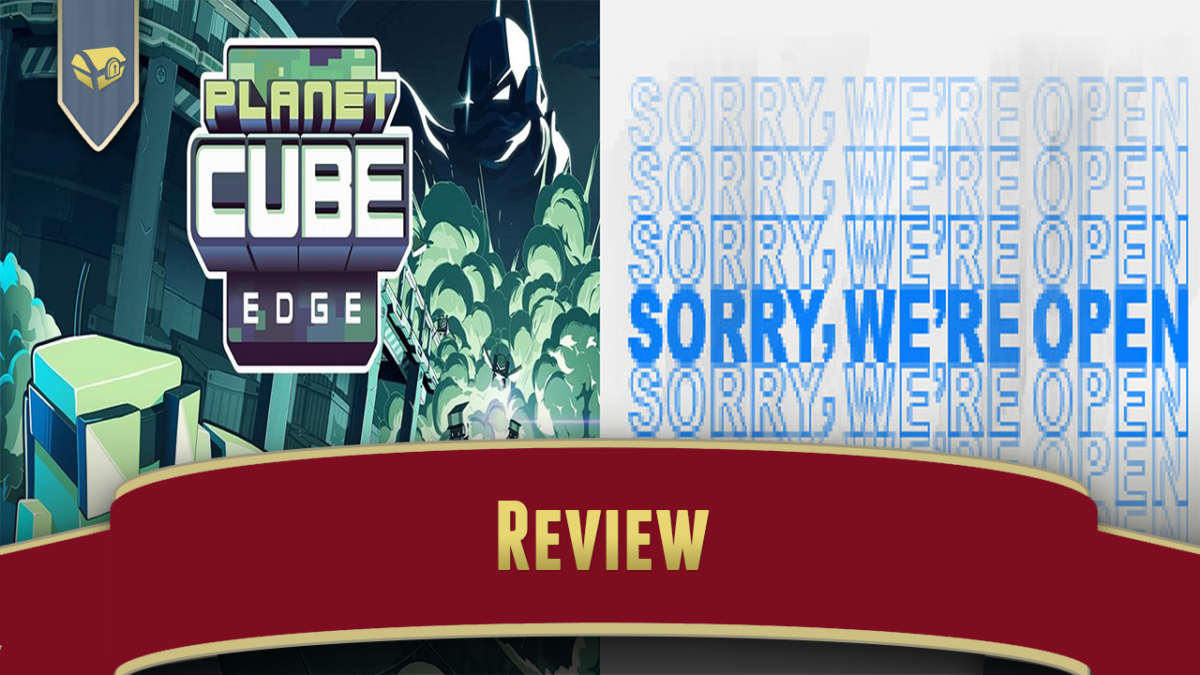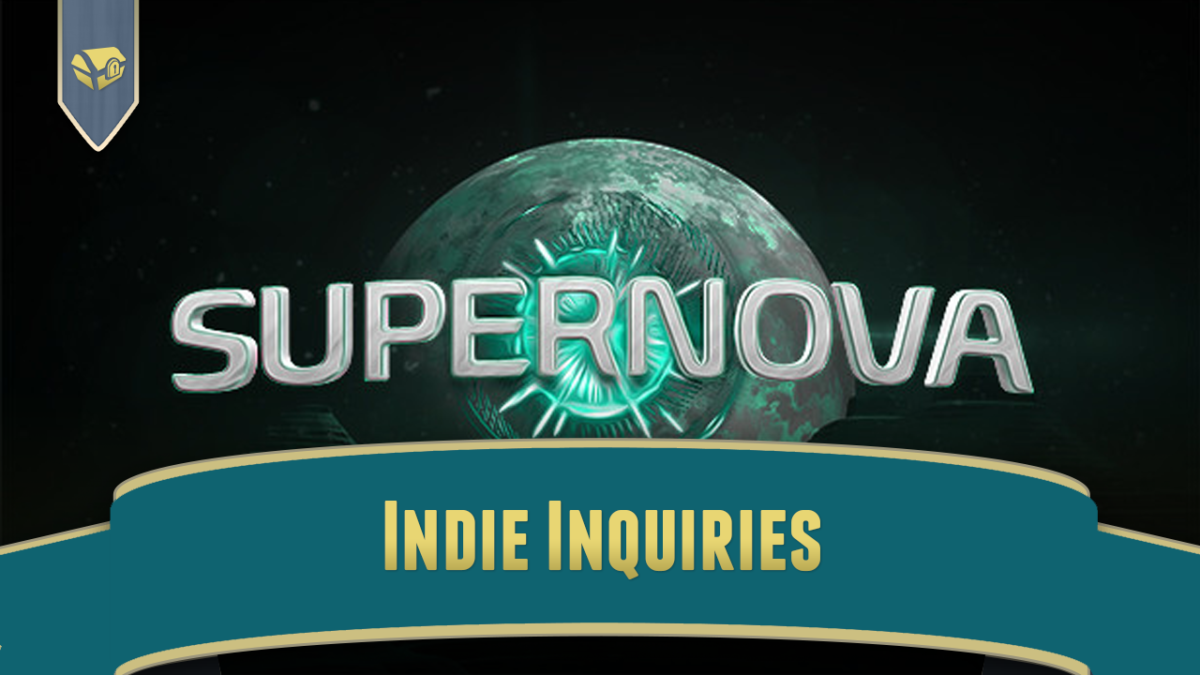
On Romhack Thursdays, we bring you interesting finds from the world of game modifications.
Another of Mario 64 internals expert Maze Emanuar’s amazing hacks, this puts the geometry of all of the levels of Mario 64 into into huge world! It does offer gameplay in that you can collect some stars that are scattered around the huge area, but few of the original objectives remain. For more information and the download link to the hack, check the description of the video.
Super Mario “All Levels In One” Hack (Youtube, 13 minutes, download link to hack in video description)




